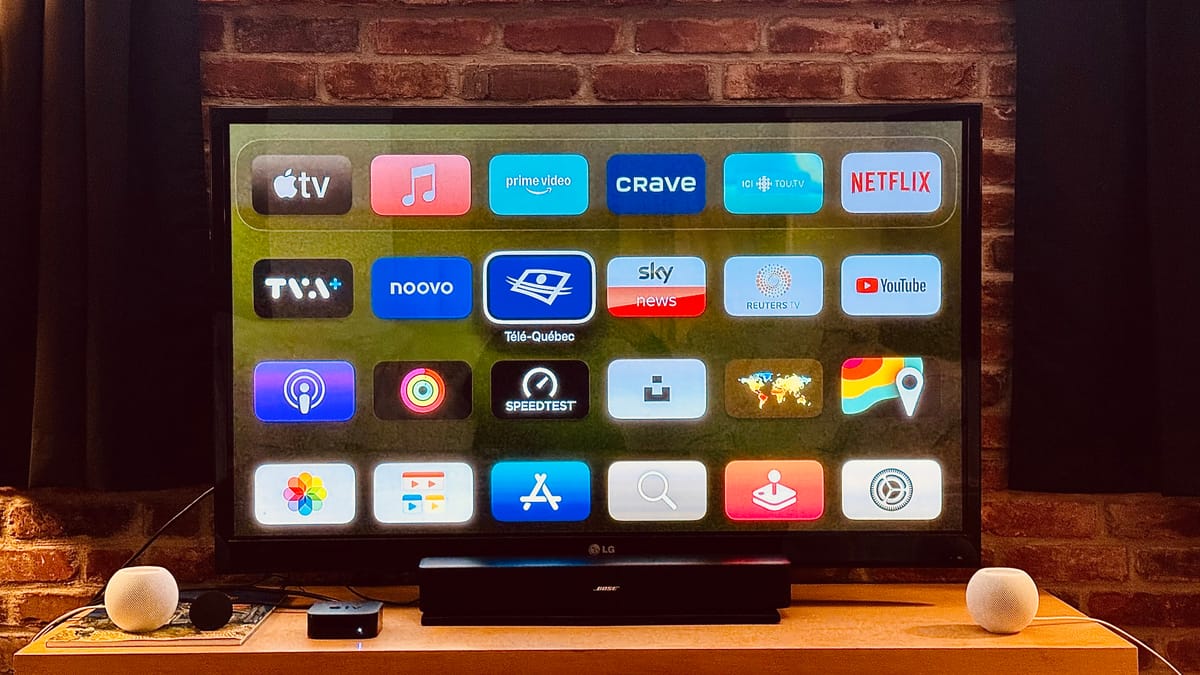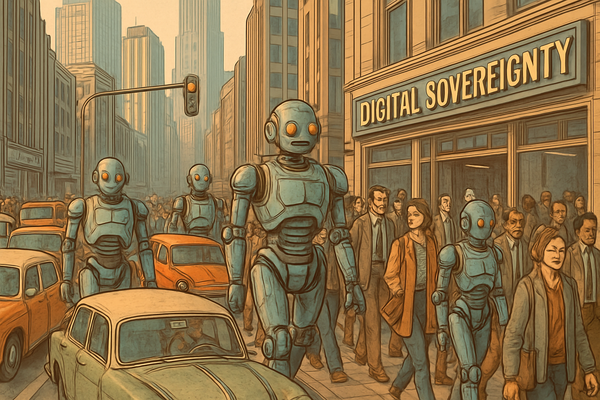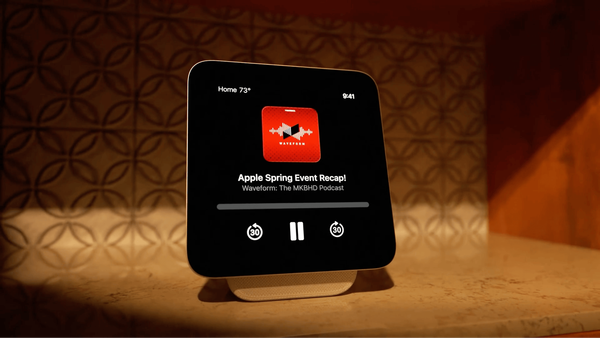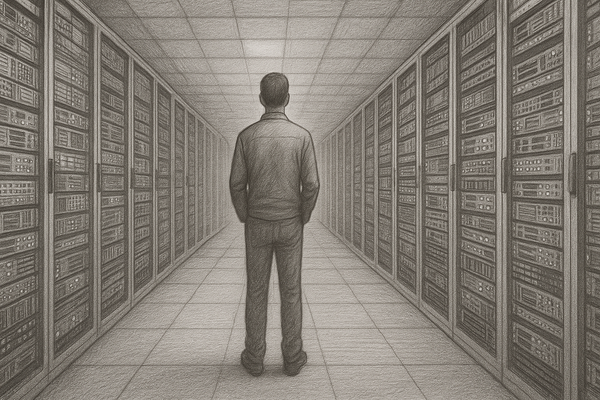Cutting the Cord: Apple TV's Unfulfilled Promise in 2025
Is the Apple TV still a hobby for Apple? In 2025, despite nearly two decades of development, Apple TV falls short of expectations. Here’s my experience.

I’ve been a devoted Apple TV user since it first launched back in 2006. But earlier this year, a major home renovation project forced me to temporarily relocate to an apartment—cutting me off from my cable TV provider since the start of 2025. Now, I’m counting down the days until I can move back home and reconnect to traditional cable. Why? Because after nearly two decades of evolution, Apple TV still isn’t delivering the experience I expected.
So, what’s it really like to rely solely on Apple TV in 2025, leaving cable behind entirely? After three months of going all-in on Apple’s set-top box, I’ve got thoughts—here’s what I’ve learned.
- My YouTube content consumption dramatically increased, not only for watching my preferred channels but also for consuming news-related content. I wasn’t expecting that. Thankfully, I’m a paid subscriber, so I don’t get to see ads.
- Image quality varies significantly between each source. Apple content stands out as the best, while most others offer the bare minimum. When watching highly dynamic content, the image becomes blurry and pixelated, which is not ideal for a 4K TV.
- I mostly never use the “Up Next” feature because not all content providers are supporting it. Did Apple lose its power or attractiveness to bring developers support for even basic features like this? I think so. Continue reading to learn about the consequences.
- Interacting with an Apple TV means a lot of time is spent clicking and sliding through the Apple TV user interface. A simple wrong gesture can be fatal and break the browsing, watching or listening experience. Navigating the tvOS user interface is finicky not only for beginners but for experienced users, too. It is frustrating. Siri doesn’t really help here because of its high failure rate.
- There’s no universal way to watch live TV; each TV channel app offers a unique way to access the current broadcast. Some apps don’t even provide live broadcast access; they only allow you to watch past TV shows. It’s not tvOS’s fault, but Apple’s.
- Very few apps offer an on-screen TV guide. The TV guide is usually hard to find and requires numerous clicks to access. Additionally, no TV provider allows for the recording of scheduled TV shows. I believe this is an opportunity missed by Apple to provide a standardized way for displaying TV schedules.
- Apple’s tvOS doesn’t offer live TV feeds aggregation, which Google does via the live TV grid named “FAST TV”. I understand that this service would mostly fix the TV guide issue mentioned previously and could be a complementary offer to “Up Next”. Is Apple reading this?
- As you might expect, there is no “switching channels action” to view what is currently available on different TV providers. You can probably tell how old I am now. I suppose this is not an issue for younger consumers. I suspect the younger generation no longer watches TV, so they can’t compare.
- Content navigation is a nightmare because not all Apple TV app developers follow the Human Interface Guide from Apple. The YouTube app is probably the worst. You never really know when the “back” button will dismiss some UI elements or bring you back to the home screen.
- My TV provider in Montreal, Videotron, doesn’t fully support the TV Provider feature. Only Helix subscription plans and their most recent offerings are supported. Illico is unavailable through the Apple TV, only on their aging set-top box. I don't want to “upgrade" or switch to Helix because it comes with its WiFi router, which I don't like; I want to keep control of that essential piece of equipment.
- App reviews for TV providers are barely making the 2-star mark. People don’t like them, apparently. Now you better know why.
"This project has always been a puzzle. Yes, Apple builds services to drive iPhone sales, but those services always produce revenue and support themselves as well. Meanwhile, Apple services are either essential for Apple to have (iCloud, Music, Maps), or try to solve problems for users in some uniquely Apple way (Fitness, the credit card). Apple TV does none of this. It doesn’t solve any problem, it does nothing different and Apple adds nothing. All that Apple contributes is money: Eddie Cue flies down to LA and buys LA stuff from LA people. Some of the shows are good, yes, but that has nothing to do with Apple. Worse, it doesn’t even drive device sales - almost no-one watches the shows and you can watch them on competitors’ devices anyway. As I and many others have said - why does this exist?" – Benedict Evans about the Apple TV
My general feeling is that the Apple TV, and tvOS for that matter, doesn’t need a more powerful CPU or a new navigational trick, it might need a more profound rethinking. But even if Apple does it, will TV providers or, more importantly, developers step in? I don’t think so.
Final question: How much of the current fragmented state of the Apple TV content consumption experience is due to the content being spread out and streamed through so many “channel apps”? Is FAST TV a solution to this? It’s undoubtedly a subject up for debate.
Note: right before publishing this article, SixColors published a comparison of TV streamers that goes along the same lines as my thoughts.



